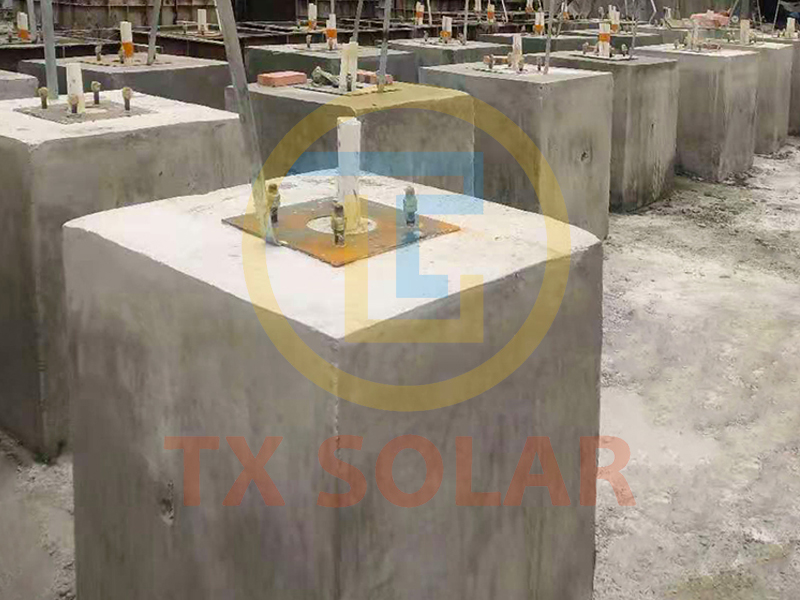Light poles are common in cities and suburbs, providing essential lighting to streets, parking lots, and other public areas. These structures are designed to withstand a variety of weather conditions and human activities. An important aspect of a light pole is its base, which is crucial to keeping the pole stable and upright. If you’re wondering how deep a light pole base is, read on to learn more about this important component.
The depth of a light pole base depends on several factors, including the height of the light pole, soil type, local building codes, and the specific requirements of the light pole manufacturer. Generally speaking, the base of a light pole needs to be deep enough to provide adequate support and stability, especially in areas where wind loads are high or ground movement is likely to occur.
In most cases, the depth of the light pole base ranges from 3 to 5 feet, but this depth can vary greatly depending on the factors mentioned above. Taller poles and those in areas with looser or unstable soil may require deeper bases to ensure proper support. Additionally, some areas may have specific regulations or building codes that dictate the required depth of light pole bases to ensure public safety.
The base of a light pole is usually made of concrete, poured into a hole dug in the ground. The dimensions of the base, including width and depth, are carefully calculated to provide the necessary support and stability for the pole. After the concrete is poured and set, the poles are installed and connected to the base, completing the installation process.
When determining the depth of a light pole base, the specific soil conditions of the installation site must be considered. Different types of soil have different load-bearing capacities, and some may require a deeper foundation to ensure pole stability. For example, soils with a high clay content may require a deeper base to provide adequate support, while soils that compact well may require a shallower base.
In areas prone to strong winds or earthquakes, the depth of the light pole base is an important factor in ensuring the safety and stability of the structure. The deep base helps prevent the pole from tipping over during strong winds or ground movement, reducing the risk of damage and injury.
In addition to the depth of the base, the width of the base is also an important consideration. A wider base provides additional stability and load-bearing capacity, especially in areas with challenging soil conditions. The design of the base, including its size and shape, is carefully engineered to meet the specific requirements of the installation site.
It is worth noting that the depth and dimensions of a light pole base are usually determined by a qualified engineer or installer, who will consider all relevant factors to ensure the safety and stability of the light pole. This includes conducting soil tests, evaluating local building codes, and following installation guidelines provided by the pole manufacturer.
In summary, the depth of a light pole base may vary based on a range of factors, including pole height, soil conditions, and local building codes. Generally speaking, light pole bases are usually 3 to 5 feet deep, but this may vary based on specific requirements. The depth and dimensions of the base have been carefully calculated to provide the pole with the necessary support and stability, ensuring its safety and functionality. If you are considering installing a light pole, be sure to consult a qualified professional to determine the appropriate depth of the base based on the specific conditions of the installation site.
Post time: Dec-15-2023

